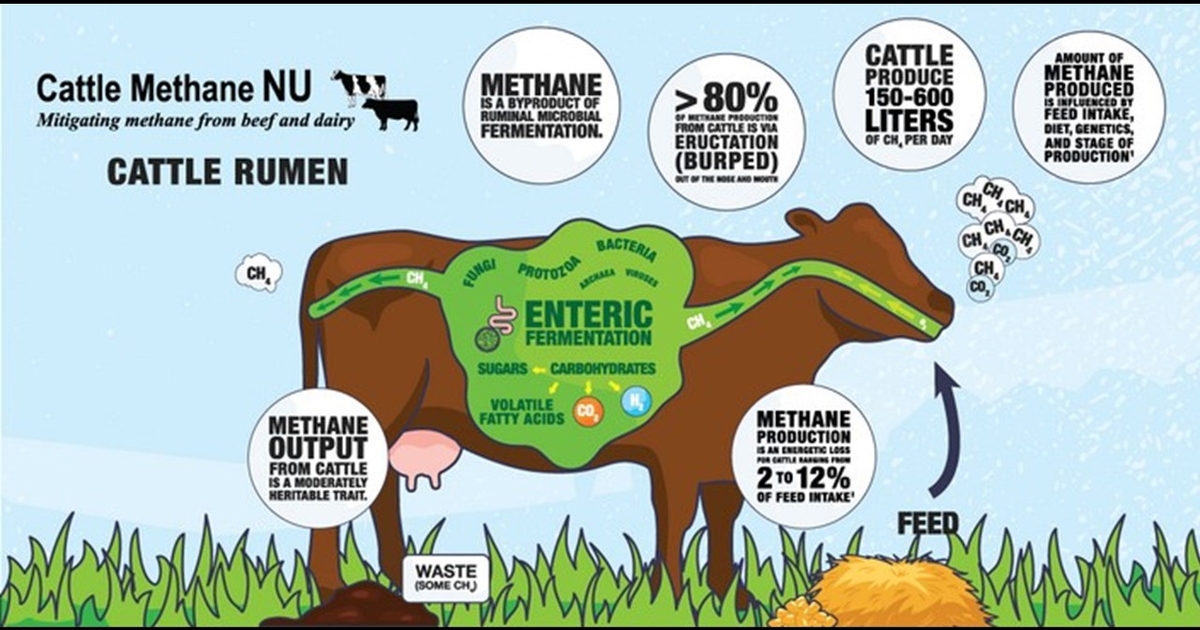U.S. lost 142,000 farms according to ag census
Posted on February 13, 2024 by Joshua Baethge
Source: Farm Progress. The original article is posted here.

U.S. farmland declined by nearly 20 million acres between 2017 and 2022. That’s according to the latest USDA Census of Agriculture, which was released on Tuesday. As of 2022, there were 880.1 million acres of land dedicated to farming, compared to 900.1 million in 2017.
The data shows there are now a little more than 1.9 million farms in the country. This is 142,000 fewer farms than reported in the previous survey, a number equal to all current farms in New England excluding Connecticut.
Those farmland losses continue a downward trend that has been ongoing for decades. Agriculture Secretary Tom Vilsack notes the U.S. has now lost well over a half-million farms since the early 1980s. He says those numbers make him concerned about the state of agriculture and food production.
“This survey is essentially telling us, asking us the critical question of whether as a country are we okay with losing that many farms,” Vilsack says. “Are we okay with losing that much farmland, or is there a better way?”
According to him, the better way to help farmers generate additional revenue is through initiatives like climate smart agriculture and bioproduct production. The census shows that the majority of farmers currently rely on second incomes outside of farming.
“My hope is that what we do here is we sent a strong message that we think there is an opportunity if they will join us in creating a different model,” Vilsack says. “One that acknowledges and recognizes the importance of production agriculture, and certainly acknowledges the significant investment people have made in very large farming operation. But one that also sends a message of hope and opportunity out to smaller and mid-sized operators by giving them multiple sources of revenue coming in from the farm and not require them to work essentially in a second full time job.”
Vilsack said another priority should be bringing more young people into agriculture. According to the census , the average farmer age is 58.1 years old. Less than 20% of the nation’s farmers are under 45.
Fewer young people in agriculture often leads to shrinking rural communities. Addressing young people attending his census-release announcement at USDA headquarters, the Secretary said he hoped they would take on that responsibility and understand the significance and magnitude of the situation.
USDA’s National Agricultural Statistics Service conducts a census every five years. For reporting purposes, “farms” are classified as any operation that sells at least $1,000 of goods per year. The massive undertaking includes statistical data covering vast amounts of economic, demographic and commodity information.
The next census of agriculture will be conducted in 2027.

.jpg?disable=upscale&width=1200&height=630&fit=crop)


